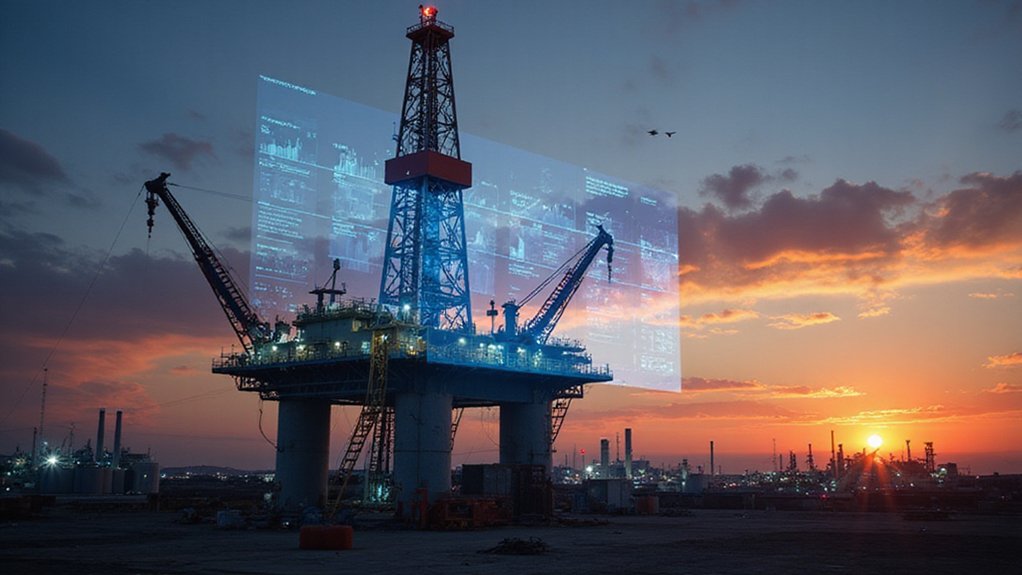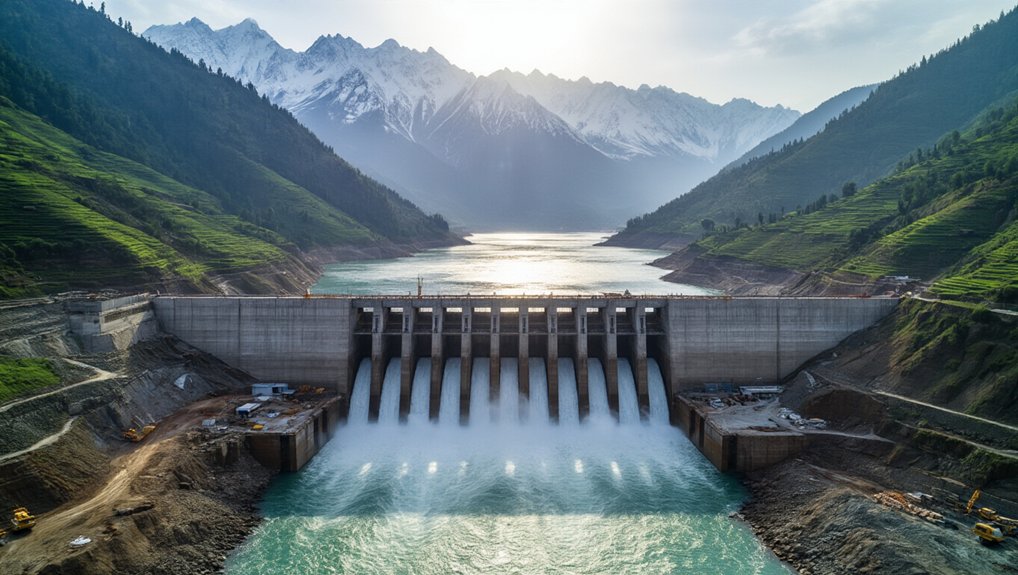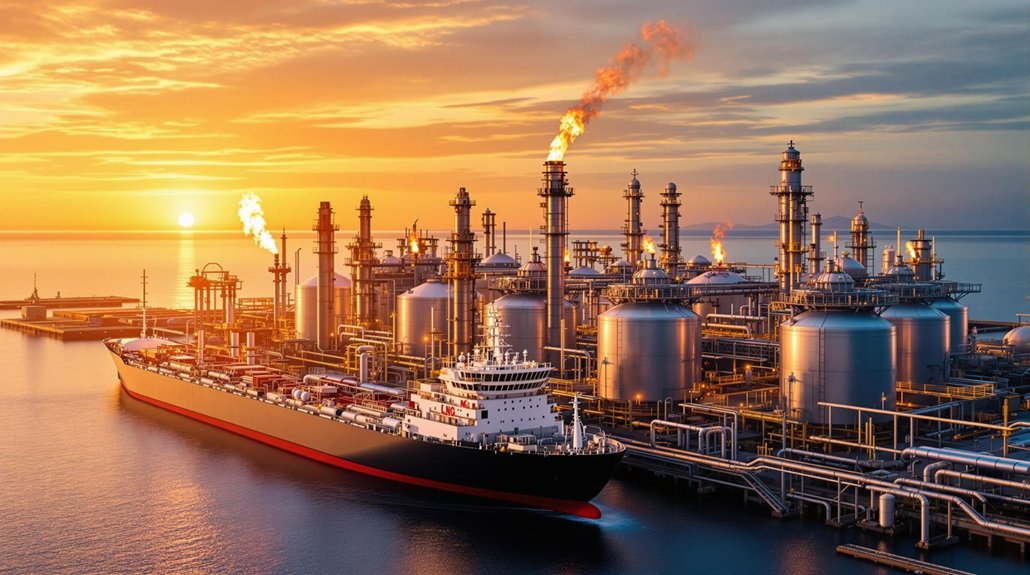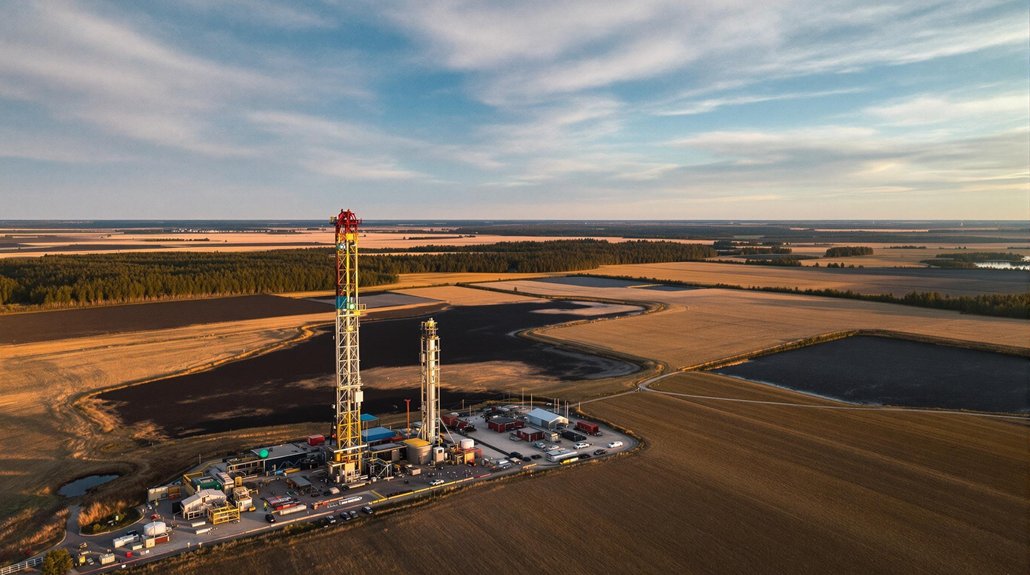As the oil and gas industry faces increasing demands for efficiency and sustainability, artificial intelligence (AI) is transforming operations across the sector. The AI market in oil and gas reached $3.54 billion in 2025 and is expected to grow to $6.4 billion by 2030. This growth reflects how companies are using AI to stay competitive in a changing energy environment.
In exploration, AI algorithms now interpret seismic data to find drilling sites with greater accuracy. Machine learning models analyze underground structures to predict reservoir conditions better. These tools also assess geological risks, improving drilling strategies and reducing environmental impact. Neural networks are helping extend the life of oil fields. While fossil fuels remain dominant, the industry is increasingly adopting renewable resources to complement traditional operations.
Drilling operations have improved through automation powered by AI. Predictive analytics enhance drilling efficiency while digital twins create virtual models of equipment to optimize performance. Companies share data more quickly across operations, and AI fosters collaboration between different parts of the industry. Industry leaders are implementing standardized data sets to ensure more transparent AI governance and consistency across operations.
Maintenance has become smarter with AI. Automated fault detection extends equipment life and prevents disruptions. Computer vision systems schedule maintenance automatically, while predictive algorithms optimize workflows. AI monitoring systems increase refinery output while using less energy.
In midstream operations, computer vision speeds up storage facility inspections. AI plans better transportation routes to reduce delays and fuel use. Machine learning also improves safety during transport, while digital twins help manage supply chain risks automatically.
Refineries use AI to increase output and enhance safety. Quality control happens faster with machine learning algorithms. AI assessment systems reduce waste, and generative AI helps with product research while using fewer materials. Innovative companies like C3.AI are introducing Generative AI suites to revolutionize how energy producers analyze and respond to market conditions.
The future of AI in oil and gas focuses on connecting information technology with operational technology. Companies are developing risk reduction strategies through AI and using generative AI to improve workflow efficiency. These technologies support sustainability goals and help the industry move toward net zero emissions.
References
- https://aioilandgas.energyconferencenetwork.com/2025
- https://www.globenewswire.com/news-release/2025/04/29/3070057/0/en/AI-in-Oil-Gas-Market-Worth-3-54-Billion-in-2025-Revenues-Forecast-to-Reach-6-4-Billion-by-2030.html
- https://cyberia-tech.com/media/TheRoleofAIinOilGasandPowerIndustries
- https://aioilandgas.energyconferencenetwork.com/2025/AGENDA
- https://www.instinctools.com/blog/ai-in-oil-and-gas-industry/









